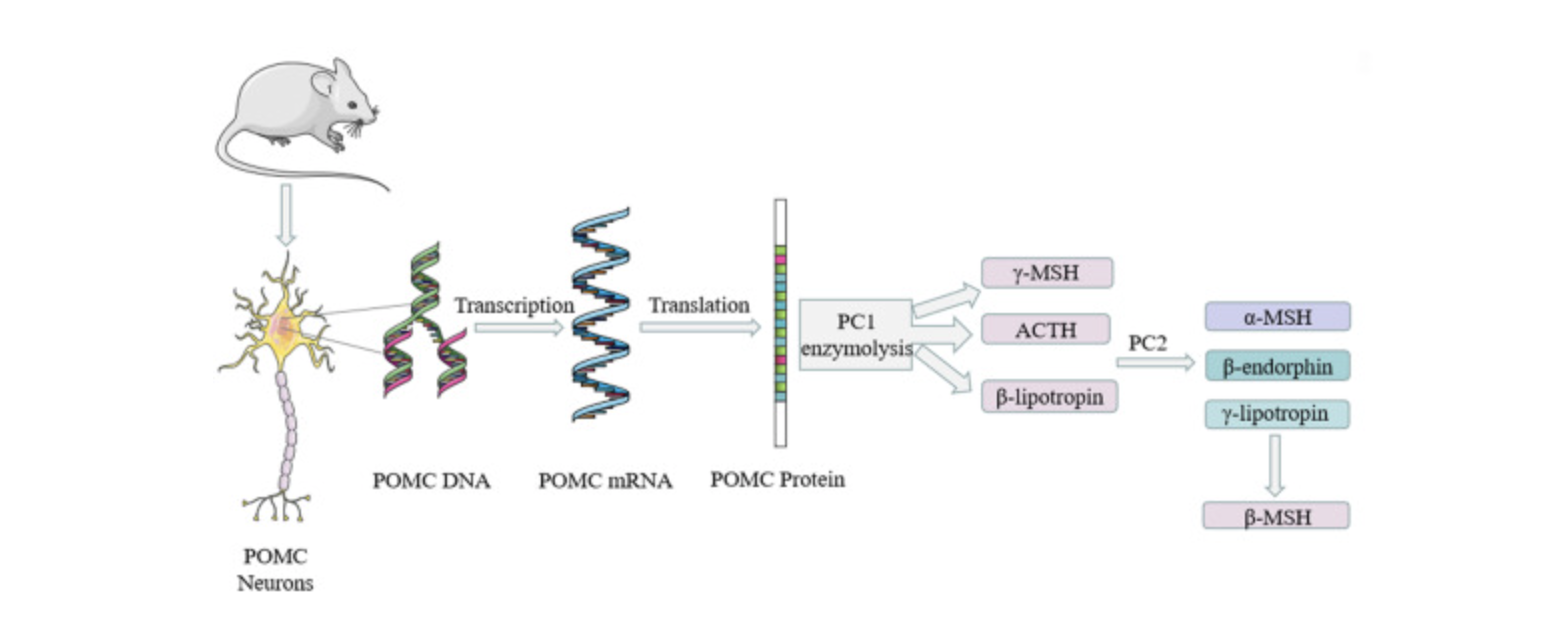Boost Your Fertility: Harness the Power of Light and Circadian Rhythm
If you’re dealing with fertility challenges you’re probably not sleeping great and your circadian rhythm is waaaay off - can changing your exposure to sunlight make a difference? It looks very promising!
Age-related fertility decline is a significant concern for many women, but recent research offers hope by demonstrating that aligning internal circadian rhythms with external factors, such as light exposure, can significantly improve reproductive health. A study with mice revealed that adjusting environmental light-dark cycles to better match the body’s natural circadian rhythms restored regular reproductive cycles and improved fertility, even in older animals. This finding is especially encouraging for women over 35, as circadian health plays a crucial role in supporting fertility.
The circadian rhythm is the body’s internal clock, which regulates sleep, metabolism, and hormone production over a 24-hour cycle. It influences the timing of key reproductive hormones, such as luteinizing hormone (LH) and follicle-stimulating hormone (FSH), which control ovulation and the menstrual cycle. Disruptions to circadian rhythms—through irregular sleep, artificial light exposure, or shift work—can disturb this delicate balance, leading to irregular cycles, reduced fertility, and even early menopause.
Researchers made several fascinating discoveries. They found that middle-aged female mice experienced disrupted estrous cycles and fertility issues when exposed to altered light-dark schedules. However, when the light cycles were adjusted to align with their intrinsic circadian rhythms, reproductive cycles stabilized, and fertility improved. Mice deficient in key circadian clock genes (Cry1 and Cry2), which accelerated reproductive aging and caused irregular cycles, also saw significant fertility improvements with the right light exposure. These results emphasize the importance of circadian alignment in reproductive health.
One of the most interesting findings was how sensitive older mice were to environmental changes compared to younger ones. While younger mice maintained regular cycles despite disruptions, middle-aged mice were more susceptible to these disturbances. This suggests that as women age, circadian health becomes increasingly critical for maintaining regular reproductive function and fertility.
Sunlight (especially UVB) supports your body to breakdown POMC into other essential functions for health and fertility.
This research underscores the importance of managing your light diet, which is just as essential as your food diet for fertility and overall health. The quality and timing of light exposure throughout the day have a profound impact on circadian rhythms and fertility. Here are some practical tips:
Morning sunlight: Start your day by getting sunlight on your eyes and skin at sunrise whenever possible. This natural light exposure helps reset your internal clock, improving hormone production and regulating sleep-wake cycles.
Sensible sun exposure during the day: Sunlight, especially UVB rays, is crucial for producing Vitamin D and pro-opiomelanocortin (POMC), which play essential roles in regulating hormones, metabolism, and even mood. Low Vitamin D levels are often a biomarker of insufficient sun exposure and can negatively impact fertility. Sensible sun exposure, without sunscreen helps maintain healthy Vitamin D levels, supporting both reproductive and overall health. Supplementing Vitamin D can also be helpful. Talk to your provider about dosage.
Limit artificial light at night: Reduce or avoid artificial light, especially blue light from screens and overhead lights, as the evening approaches. Blue light disrupts melatonin production and increases blood glucose which directly impact reproductive health.
Use full-spectrum bulbs or blue-blocking glasses: If avoiding artificial light at night isn't possible, full-spectrum light bulbs or blue-blocking glasses can minimize the effects of artificial lighting on your circadian rhythm.
Additionally, photobiomodulation (PBM) therapy offers a complementary approach to supporting fertility especially if you don’t have access to sunlight for parts of the year. PBM uses specific wavelengths of light to improve cellular energy production, mitochondrial function, and reduce oxidative stress. By promoting cellular health and balancing hormones, PBM can be especially helpful for women experiencing age-related fertility challenges.
By managing your light exposure, incorporating sensible sun exposure during the day, and considering PBM therapy, women—especially those over 35—can take proactive steps to improve their fertility and overall well-being. These natural, non-invasive methods empower women to optimize their hormonal balance, regulate their circadian rhythms, and increase their chances of conception.

